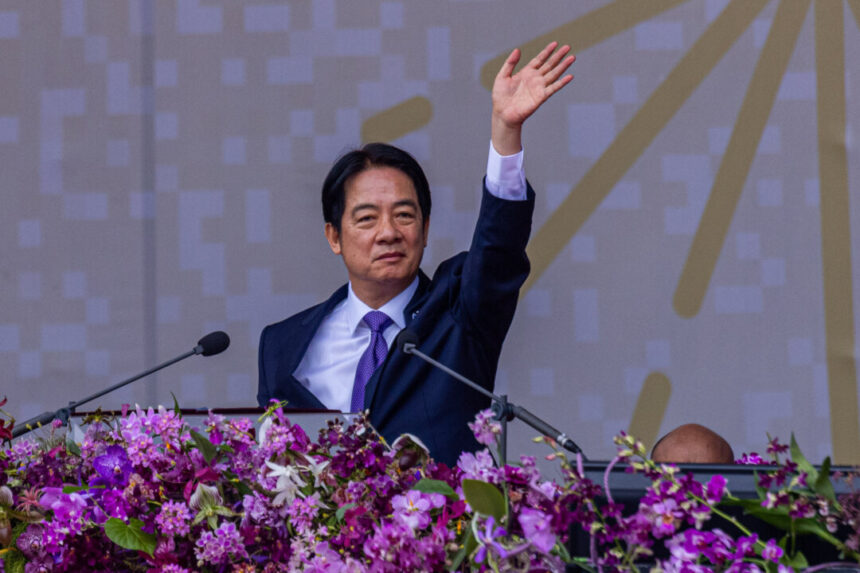Commentary
Addressing the long-standing issue between Taiwan and China head-on, President Lai Ching-te highlighted the historical background of the Republic of China (ROC) and the People’s Republic of China (PRC). Despite the PRC’s attempts to claim sovereignty over the ROC, President Lai questioned this assertion during Taiwan’s National Day celebrations.
President Lai emphasized the age difference between the ROC and the PRC, pointing out that the ROC, established in 1912, predates the PRC, founded in 1949. He challenged the PRC’s claim as the “motherland” of the ROC people, stating that it is impossible due to the age gap.
Furthermore, President Lai reiterated Taiwan’s sovereignty and emphasized that the PRC has no right to represent Taiwan and its people. His bold statements caught Beijing off guard, leading to large-scale military drills around Taiwan in response.
Despite pressure from the CCP, Taiwan has begun openly asserting its official name and historical legacy under President Lai’s leadership. This shift in narrative aims to garner respect for Taiwan’s sovereignty.
The growing importance of Taiwan on the global stage, particularly in technology production, has led the United States to strengthen its support for the island. Policies promoting Taiwan’s participation in international organizations have been implemented, signaling a shift in alliances to counter the CCP’s influence.
With Taiwan emerging as a key partner in maintaining stability and technological leadership in the region, the United States and its allies are expanding security mechanisms in the Asia-Pacific. This strategic shift offers Taiwan new opportunities on the international stage, with increasing support for its inclusion in global organizations.
Recent resolutions by countries like Australia and the Netherlands challenging China’s interpretation of Taiwan’s status indicate a growing recognition of Taiwan’s international standing. The historical context of Taiwan’s diplomatic challenges, including the shift in U.S. recognition from the ROC to the PRC in 1979, has shaped Taiwan’s complex relationship with China over the decades.
Despite past challenges, Taiwan’s resilience and strategic positioning have allowed it to navigate the complexities of international relations and assert its sovereignty in the face of growing pressure from Beijing.
After relocating to Taiwan, the Republic of China (ROC) transitioned into a democracy while the People’s Republic of China (PRC) under the Chinese Communist Party (CCP) remained an autocratic regime focused on exerting control.
In light of the heightened global efforts to counter the influence of the CCP, Taiwan’s strategic significance has been reassessed. The convergence of Taiwan’s pivotal role in global technology, the assertive leadership of Lai, and the growing support from allies indicate that Taiwan may be on the brink of its most promising era on the world stage.
Please note that the opinions expressed in this article are solely those of the author and do not necessarily align with the perspectives of The Epoch Times.
Source link




